.avif)



























































Aircall has always been known for what it does best, making customer conversations smarter.
With over 22,000 companies relying on its AI-powered communication platform, Aircall helps sales and support teams connect with customers through voice, WhatsApp, and integrations with tools like Salesforce, HubSpot, and Zendesk.
But scaling a fast-growing SaaS company isn’t just about better conversations. It’s also about talking to the right people.
That’s where the real story begins.
Sean Hayes, VP of Global Sales at Aircall, wanted to scale regional growth across EMEA and APAC, but the team was running into a classic SaaS-growth wall: fragmented data, inconsistent targeting, and manual enrichment work that slowed everything down.
Aircall’s teams were juggling ZoomInfo, Apollo, Salesforce, HubSpot, Lusha, and Cognism, yet no one had a unified view of their TAM. Different regions had different ICP definitions, enrichment standards varied, and sales ops had to manually fix data issues before routing leads.
It was like trying to run a Formula 1 race with three steering wheels.
So Aircall brought in ColdIQ – the agency known for turning messy prospecting setups into scalable, AI-powered outbound machines.
Challenge: Growth without a map
When we first met Aircall, they had the energy of a global leader but the visibility of a startup still finding its CRM footing. Their sales infrastructure was solid: Salesforce was at the center, but their GTM motion was held back by three big issues:
- Manual and fragmented lists → sales teams were building and managing their own target lists manually. Each region had a different idea of “who” to go after.
- Limited CRM hygiene → duplicates, missing fields, and mismatched account data made routing unpredictable.
- No unified TAM or ICP tiers → without a global field dictionary or enrichment standards, they couldn’t confidently measure coverage, gaps, or opportunities.
Aircall didn’t need another data vendor. They needed a system, one that could standardize targeting, automate enrichment, and make RevOps self-sufficient.
That’s exactly what ColdIQ built.
Process: Turning chaos into a scalable system
We kicked things off the same way we do with every project, by listening deeply.
The first two weeks were spent mapping Aircall’s CRM landscape, ICP definitions, and data flows. We didn’t touch a single automation until we understood what “good” looked like for them.
Then came the three-phase build:
1. Foundation → define before you automate
Together with Sean’s RevOps team, we created a field dictionary – a single source of truth for what every data field meant across systems. From industry tags and region codes to ICP tiers and intent signals, everything got defined, standardized, and version-controlled.
We built the first version of the TAM in a sandbox, not production – a small step that saved weeks of rework later.
This approach (sandbox → QA → production) became one of the key takeaways for both teams.
2. Structure → automate the right way
Next, we brought in Clay, the AI-driven data orchestration platform we love, to centralize enrichment. ColdIQ set up workflows that automatically pulled and refreshed firmographic and technographic data from sources like ZoomInfo, Apollo, and Cognism.
Every account went through 20+ enrichment fields, automatically updating Salesforce records while respecting Aircall’s governance rules.
No more manual editing.
No more “who owns this?” confusion.
We introduced tiered ICP mapping – clearly segmenting accounts by potential fit and region. We then mapped territories directly in Salesforce with controlled update rules so no one could accidentally overwrite data.
3. Adoption → human systems need human touch
Tools don’t stick unless people trust them. So we ran pair-edit sessions and weekly office hours to coach regional teams on how to self-serve updates, tweak filters, and spot enrichment errors early.
We embedded SOPs (standard operating procedures) right inside Clay – visible, practical, and easy to follow.
By month four, RevOps could self-refresh the TAM and rerun enrichment in hours (something that used to take weeks). By month six, it was muscle memory.
Outcome: 6 months later, Aircall had a self-refreshing growth engine
The results spoke for themselves:
- 3,655+ net-new accounts created and enriched across regions.
- Each account now had 20+ standardized data points, from employee count to tech stack.
- The self-refreshing TAM synced directly with Salesforce, ensuring everyone worked off the same playbook.
- Regional teams had warmed inboxes and ready-to-use territory and ICP segmentations.
- A churn and renewal recovery workflow went live, using signals from enrichment tools to flag at-risk customers automatically.
But perhaps the most important shift wasn’t technical. It was cultural.
Sales and RevOps teams started to own the system. They didn’t wait for new features or handoffs. They understood how and why the data flowed, and that drove adoption far more than any dashboard or training could.
Lessons learned: Data wins, but governance keeps it
For all the automation and enrichment, this project reminded us that ownership and governance drive adoption more than features ever will.
We learned a few key lessons along the way:
- Define your field dictionary early – it avoids endless “what does this mean?” confusion later.
- Always test in sandbox → QA → production, especially if you’re dealing with global teams.
- Respect regional nuances: legal entity names, naming conventions, and even languages affect enrichment logic.
- And most importantly: keep it human. Systems fail when people don’t feel ownership.
Final thoughts
Aircall now runs on a living, breathing TAM that grows and refreshes itself. Their global sales motion is faster, more focused, and more predictable.
For us at ColdIQ, this wasn’t just about numbers. It was about helping one of the world’s top SaaS platforms bring the same clarity to their go-to-market that they already bring to customer conversations.
Six months, one shared vision, and a lot of pair-edits later, Aircall had what every fast-growing team dreams of: clarity, consistency, and control – at scale.


FIND MORE CASE STUDIES

.avif)

.avif)



